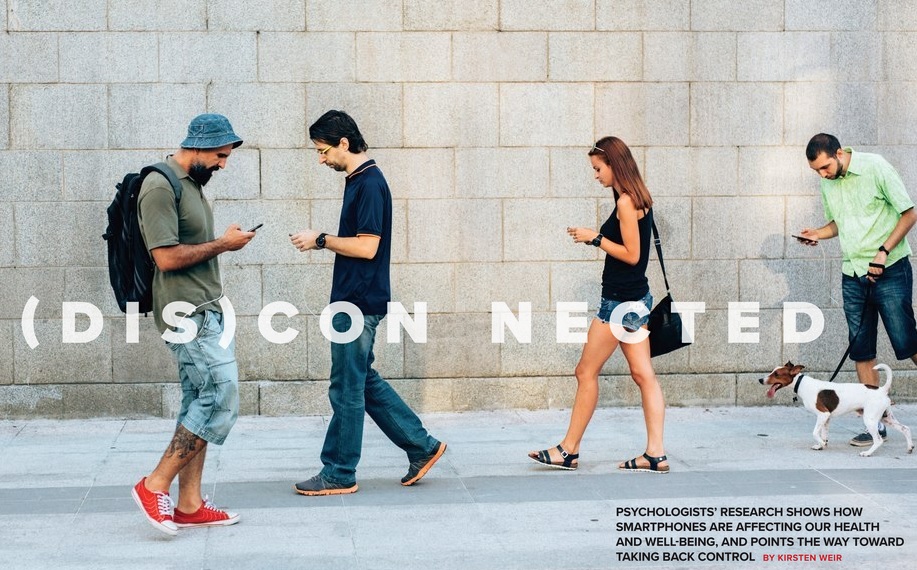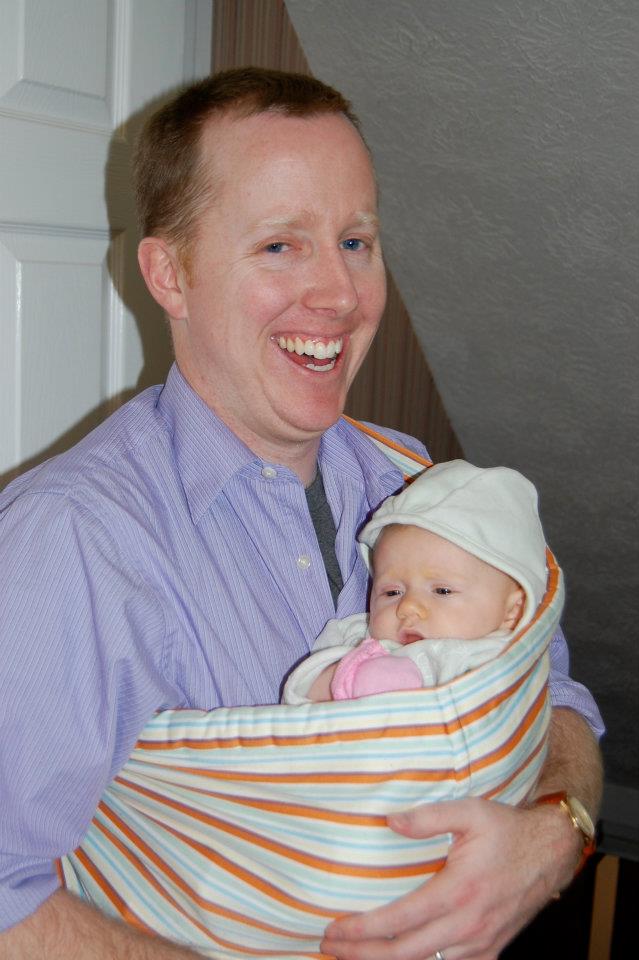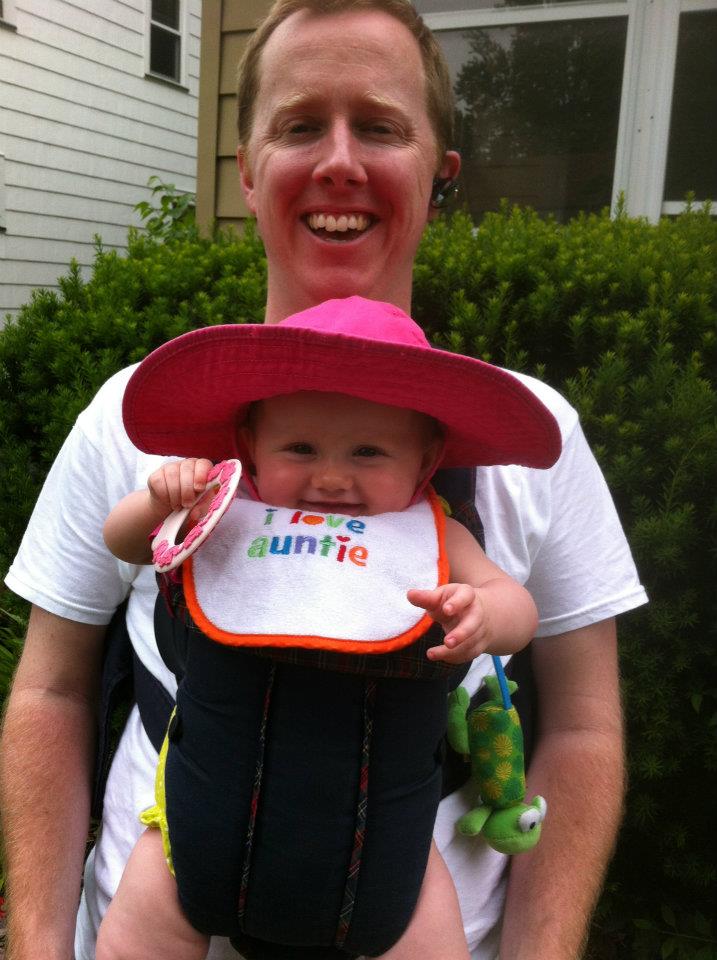April is National Autism Awareness Month, so I wanted to post about topics that relate to the autism aspects of my professional training and practice. One piece that is often not discussed is what actually goes into an autism diagnostic evaluation - for patient and practitioner alike.
I take the process of conducting an autism diagnostic evaluation very seriously. I try to give as much of myself as I can intellectually and emotionally in order to provide patients and families with guidance. My goal is to offer an evaluation that is compassionate, informative, and useful.
These are the measures I routinely use as part of an autism diagnostic evaluation:
- Autism Diagnostic Observation Schedule - Second Edition (ADOS-2) - clinician-administered
- Social Communication Questionnaire (SCQ) - caregiver report
- Social Responsiveness Scale - Second Edition (SRS-2) - caregiver & self-report
- Detailed Developmental History - caregiver report
- Chart Review - pediatric medical records and educational services & assessment history
As outlined above, the diagnostic evaluation is not just me and the patient taking a prescribed set of tests. It is often what I learn in the life narrative that gives me the confidence to proceed with a clear diagnosis and treatment plan. In order to get this information and an accurate health history, I need to talk to caregivers and review pediatric records. This is true for my adult patients seeking a diagnosis as well. While it may seem like a long time ago, childhood behaviors as reported by caregivers give me a fuller picture of the patient's life.
Beyond the ADOS, I provide anxiety, ADHD, and mood screening Instruments when applicable. An evaluation is so much more than a "Yes" or "No" stamp for a single diagnosis, as it represents a person and a plan to improve their lives based on the challenges they have had and face today.
The inspiration for my wanting to be Ever Better at conducting autism diagnostic evaluations comes from the families I've met along the way. Those who've talked with me about what went well and what they wished could've been different on the day they learned the diagnosis.
I've also found new inspiration and room for growth in working with adults who are seeking a diagnosis later in life. The feelings and dynamics of obtaining a first diagnosis as an adult are something I am learning to navigate with my clients, and I am honored to learn with them.
I am starting to get into a rhythm with scheduling diagnostic evaluations, and I hope to keep receiving referrals for individuals across the lifespan who wonder if they're on the spectrum. In private practice, I am afforded more flexibility in scheduling and administering tests. What this has meant is that patients can get an appointment more quickly and often during "outside of typical office hours" so they can get the answers and help they are seeking more smoothly.
This April, I'm providing autism diagnostic evaluations on Saturday mornings. So far, I have enjoyed serving new patients in a timely manner - it is very fulfilling for me to get a call from a new referral and be able to serve them within a week or two of their inquiry. Providing answers and helping families better understand their loved ones is one of the most satisfying parts of my work, and I am grateful for the opportunity to serve patients and families in this way.










